Clown plecos are a well-known freshwater tropical fish found in aquariums around the world. These creatures are relatively low-maintenance fish to keep, and many people find them enjoyable to watch as they wander and nibble on driftwood. In addition to requiring little maintenance, clown pleco fish enjoy being with other catfish and can live in community tanks.
This article will provide information on several important topics pertaining to clown pleco fish, including: the best tank size and diet, how many clown pleco grow each year and where they originate, what water parameters are best, and some other notes and requirements you should consider when keeping one.
Summary of Clown Pleco

Clown pleco fish (scientific name: Panaqolus maccus) are found in the Caroni and Apure basins of Venezuela (where they are found in densest population) as well as much of eastern Colombia, including most of the Orinoco basin, the headwaters of the Venezuelan Llanos, rivers of clear water rapids, and water streaming down from the Andes. Because many of these areas are adjacent to cities and other densely populated areas, these fish often encounter a high degree of turbidity due to pollution; thus, they are good at dealing with less-than-pristine water conditions. (It should be noted that while these fish are often able to survive polluted water, studies affirm the devastating effect of water pollution through the contaminants in fish mean and organs.)
While this species is widely popular and found in tanks all over the USA, Japan, and some places in Europe, it is quite rare in other locations.
Clown Pleco Coloration:
The clown pleco often has light brown or white skin tones. It has between five and twelve fascinating rings distributed along its body, some straight and some wavy. The color of these rings depends on the environment of the fish; they often appears golden yellow, but in darker backgrounds, they tend toward an orange tone. The color intensity of these rings is affected by the clown pleco’s diet, health, tank, water parameters, and age. The vibrant color of a young clown pleco fades as in gets older.
Aside from the rings, these fish are primarily gray in color. Some have brownish patches or spots on their body while others are striped, and some might even show hints of red coloring towards the tail fin area. The wide range of colors comes from population characteristics of different regions and from the crossing of different populations in aquariums, resulting in different phenotypic characteristics.
Clown Pleco Gender differences
Determining the sex of clown pleco often is a challenge, and it is impossible with very young fish. Males often have more whiskers around their mouths as well as long odontodes on both head and dorsum area. Females are bigger and rounder while males are thinner. This difference is especially noticeable when considering the width between pectoral and pelvic areas.
Clown Pleco Life span
These fish typically live six to eight years. The main factors affecting their life span are food quality and water quality; the best way to prolong your fish’s life is to take proper care of it.
Clown Pleco Natural habitat
The clown pleco is native to the waters of Venezuela and Colombia. On the Colombia side, the water is slightly hard and alkaline (somewhere around 7.2) due to the minerals that come from the Andes. On the Venezuelan side, depending on the location, the water tends to be softer and slightly acidic. In basins inhabited by the species on both sides, the pH fluctuates from about 6 to nearly 8. Some areas where clown pleco are found are heavily vegetated, where many places have nothing but rocks and wood.
Clown plecos live primarily in the watersheds of Caroni and Apure ( two main rivers). These rivers’ bottoms are littered with plant matter, rocks and, most importantly, sticks and driftwood thanks to the heavily forested areas where they flow.
Seasonal variation affects the ecosystem’s water environment. In Aquarium settings it is important to remember that these triggers are associated with the fish’s breeding cycle. The clown pleco’s life cycle is based around mating in rainy seasons and surviving through the dry seasons.
Feeding Clown Pleco
The primary factors of a clown pleco’s diet are wood and algae. Wood-eating plecos need a lot of fiber to stay healthy and thus are constantly eating. Fresh vegetables can be good for these fish.
Rather than eating large fish larvae, infants eat more algae. You can feed them three or four times a day, once at bedtime and one time at the night. The fish’s digestive tract is ideally always filled with food, so the more times you feed the fish, the better. They love feeding after dark, so it would help them if you could defrost your lamp before feeding. It is quite convenient to use wood tank ornaments that the fish can feed on.
The clown pleco is an omnivore and will eat most any live or frozen foods that are offered to it, including shrimp, worms, bloodworms, beef heart, earthworm etc. Live foods and other animal-based foods are a great complement but should not be offered as a main food. Algae wafers are great to use as a staple for their diet. Generally, they’re not too fussy about food, but it’s worth bearing in mind that they need a varied diet plan to stay healthy.
A clown pleco should be fed more than once a day with fish food for omnivorous-herbivores, no more than two or three times a week with live food or other animal-based food, and daily with fresh vegetables, preferably after lights out.
Breeding Clown Pleco
Fortunately, clown pleco breeding is easily done in small domestic and commercial aquariums. Breeding often occurs among these fish even when it is not intended or planned by the aquarist.
The temperature of the tank must be reduced temporarily by about 2° C to provide the sense of a rainy season, then heated back up to trigger breeding. This breeding tank of clown plecos must have lots of hiding places. These hiding caves may be constructed with very small entrances for entry (considering, of course, the size of the particular fish). These caves allow the male fish to imprison the female.
To breed this type of fish, you must have a mature female and male. They need to be in the same tank with at least 24″ of water surface area. The pH level should be about neutral or just slightly acidic (6.8). More importantly, the water hardness should be low (0 to 5 KH).
It is important that your clown pleco has plenty of plants, rocks, wood, or other ornaments for hiding.
Both clown pleco will try to adapt themselves to nesting place (this is called “conditioning”). The females are oviparous and lay eggs. The male will trap a female in a cave until it lays eggs then will fertilize the eggs. The eggs will hatch in about three days.
Care guide for Clown Pleco
A clown pleco’s lifetime is about six to eight years if properly fed and cared for correctly. Their temperament is calm alone or with other fish. They do not require great expenses for feeding and caretaking. The recommended tank size for a pair of clown plecos is twenty gallons, adding another ten gallons for each fish you add to the aquarium. The tanks must have a temperature of 72° F – 86° F and pH between 6.5 and 7.5. An intense water current should be maintained within the aquarium as well as a natural one for them to enjoy. This will mimic the natural environment of the clown pleco.
Clown Pleco Behavior & Temperament
The general temperaments of clown plecos are very mellow and pleasant. They like to do their own thing below the aquarium. There is only one situation where an honest and friendly temperament changes. The two or more male pleco can get aggressive with each other over territory — for example, if two males want to play with the same pieces of driftwood. If you give them the right space it might decrease the risks, but that’s no guarantee.
Clown Pleco Tank Mates
Avoiding fish with aggressive behavior and excessive size differences is a rule of thumb for clown pleco tankmates. Fish that are prone to aggression and fighting (as the flowerhorn cichlid) need their own custom plans to ensure compatibility. If you have the wrong fish in the same tank, they can become each other’s dinner. If you are keeping your clown pleco with other species, choose other fish that can swim away from it quickly should any aggression occur. This will help prevent injuries to both the clown pleco and the other fish.
It is worth mentioning that you should look for fish with similar water parameters. All in all, the clown pleco is compatible with quite a few different kinds of fish because it an easy-going fish.
This isn’t an exhaustive list, but you can use it to get some ideas!
A few compatible fish for your clown pleco include:
- Other species of plecos (although they may not be peaceful). It is best to prefer females over males, even if from another species.
- Discus – as mentioned above, these are both easy to find and easy to keep. These would be great companions for your clown pleco, although they demand a lot of space and generally live at higher temperatures.
- South American Dwarf Cichlids – Again, these cichlid species are generally peaceful towards other fish and nicely sized for a community aquarium. They can be quite territorial, but otherwise they are perfect tankmates.
- Other larger bottom-dwelling catfishes – Asian Stone Catfish and Corydoras Catfish make good tank mates for your clown pleco. These fish are generally peaceful and easy to find.
- Mollies, Platys, Guppies, Swordtails, and other livebearers – Again, these are all small fish that stay relatively small when they’re fully grown (a few inches long). The male swordtails get a little bigger than the females but not by much, so you could keep both sexes in the same tank (either alone or with like sized companions) without too many problems!
If you decide to keep a larger variety of fish with your clown pleco, it’s a good idea to do your research one species at a time. Learn about its temperament and what tankmates it can get along with before you buy or add them it to your aquarium. Also remember to check its compatibility with the physical and chemical water parameters.
Lastly, always keep in mind that some fish will just not get along with each other under any circumstances. If you have a very skittish African cichlid (for example) and a large territorial pleco then these two are likely to fight, so the best choice would be to make sure they stay separated!
Clown Pleco Tank setup
Due to the size of this fish, tank size is a crucial part of keeping it happy and healthy. Other things to consider are decorations that simulate the clown pleco’s native habitat and appropriate filtration for waste.
Tank size for Clown Plecos
The recommended capacity for a clown pleco’s tank size is ten gallons per fish. These are small fish and do not require much space.
Filtration and aeration for Clown Plecos
Clowns, as a freshwater fish, prefer moderate rate of flow on the top floor of their tanks. No part of the aquarium should be without water flow, but that works well with this species since they like intense water flow as they hide in holes and logs.
You can use a canister or HOB filters for your pleco tank. It never hurts to put a stone into that hole to stimulate the flow of water. Clown pleco produce a large amount of waste for their size and need a robust filtration system with replaceable media that both mechanically and chemically separates waste and toxins from the water. The bottom of the bucket should have a moderate flowing supply of water. This helps prevent potentially harmful hypoxias from developing in the tank.
Aquarium plants for Clown Plecos
At times, the aquarium plants provide shade from the aquarium lights. The fish will probably not eat much of the plants, though they may nibble on it occasionally. Given the intense flow that could pull the plant root from the substrate, it is wise to avoid sensitive plants.
Clown Pleco Lighting, plants and decorations
Normally seen as nocturnal fish, clown plecos usually escape from caves or boulders at night. They sometimes snack on plants but usually are not destructive. As such it’s always good to choose between fast and low-growing plants. In terms of decor these fish need a lot of driftwood, sticks and branches to be happy as well as to have a balanced diet. Including rocks also helps develop the proper amount of edible algae that supports the growth of your plecos.
Clown Pleco Decorations
Because clown pleco is a bottom dweller, start with a soft substrate. Sharp stones or sharp substrates can hurt the fish’s whiskers and mouth. Live plants like hornworts or floating plants can provide nice covered islands for the fish. Rocks and caves provide your fish places to stay during the day as well as surfaces on which algae and biofilm can grow. Put an abundance of wood drifts. In nature these fish obtain all their nutrients in driftwood. This design is crucial to the overall health of your clown pleco.
Tank requirements for Clown Plecos
The aquarium should replicate the natural environment of the fish. Natural habitats include many dead forests roots, tree stump bark and vegetation as well as rocks. When you stimulate them, you may not be able to find clown pleco inside the tank. Sometimes the fish will eat the algae inside the tank, so you should encourage its growth around the tank. Add rocks and smooth stones (their surface permits growth of both algae and biofilm). For decorative purposes consider sturdier plants with strong leaves that are similar to Amazon swords.
Clown Pleco Common Diseases
Ich is the most popular disease in clown pleco fish. It is an external parasitic disease. The use of antibiotics may provide the best treatment for bacterial disease. Any red spots that appear on the skin on the eyes and belly indicate that your fish is infected with bacteria. Segregate infected fish into separate tanks. Before adding fish to an aquarium use a hospital tank to quarantine. Avoid any types of copper and potassium products as it is extremely harmful for fish in general. Do not use any medications that contain copper or potassium. It is always important to research symptoms to arrive at a correct diagnosis and treatment.
All in All, the Clown Pleco are a Great Fish
If you are considering adding a new fish to your aquarium but don’t want to take the time and expense of introducing another species for them to eat or compete with, consider getting a clown pleco. These low-maintenance creatures will be happy in many freshwater environments, and they enjoy the company of other types of fish. They also do well as pets that can live inside the home, given that they have access to sunlight when it is available. If you think this might be something for you, make sure to learn about these fascinating animals before taking one home!




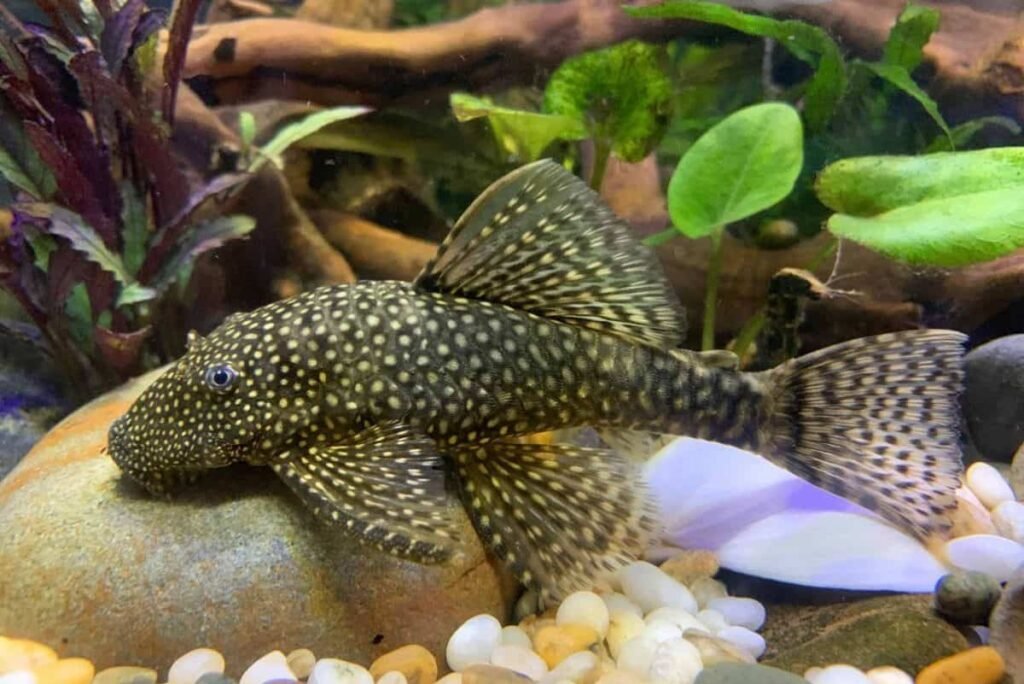

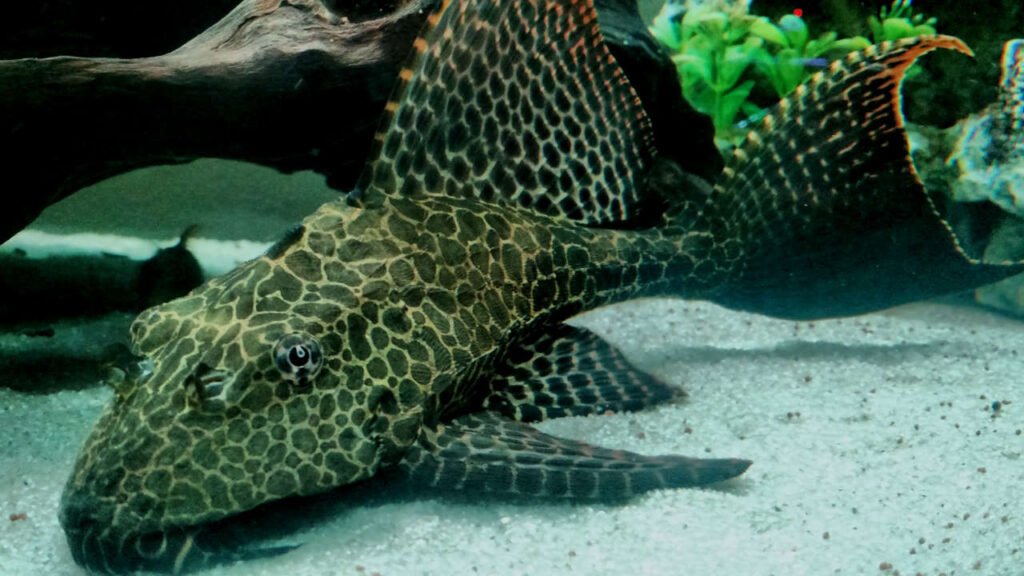



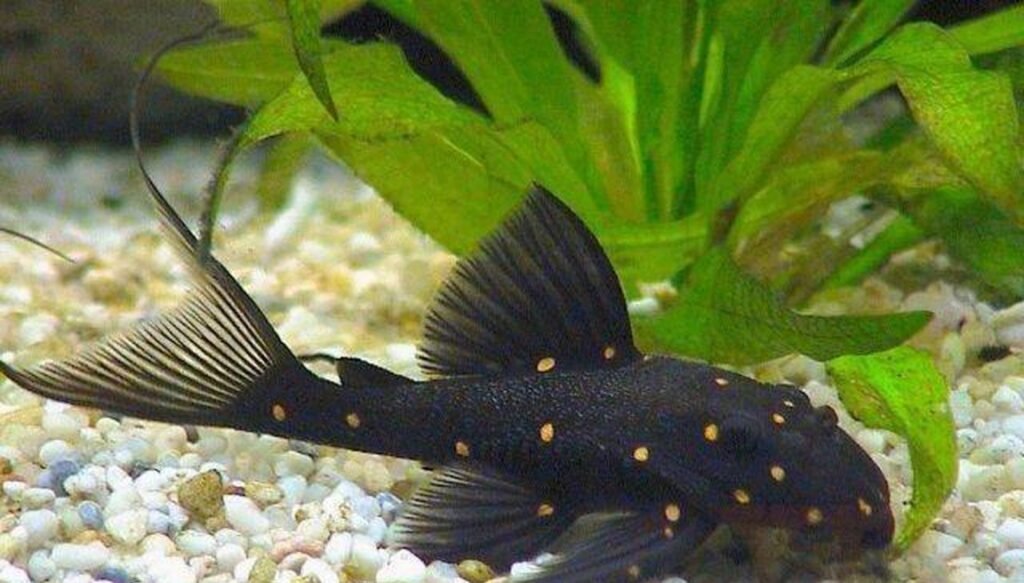
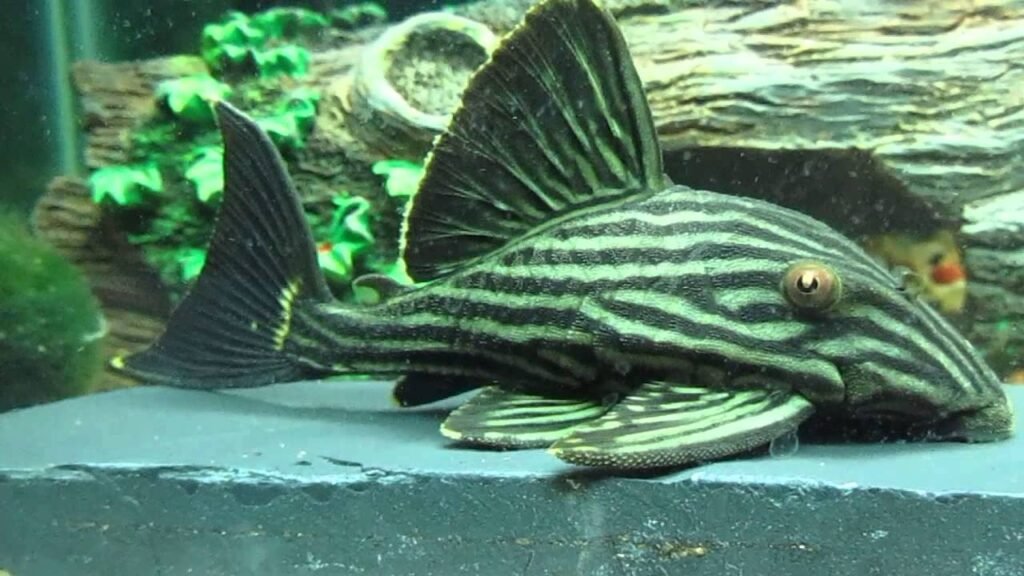
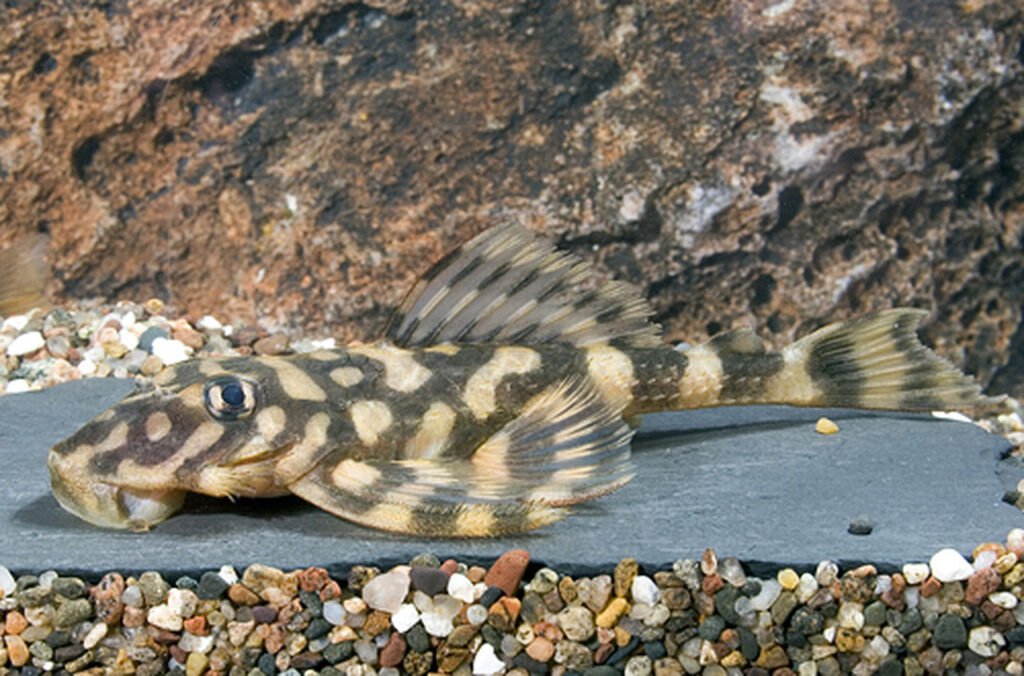
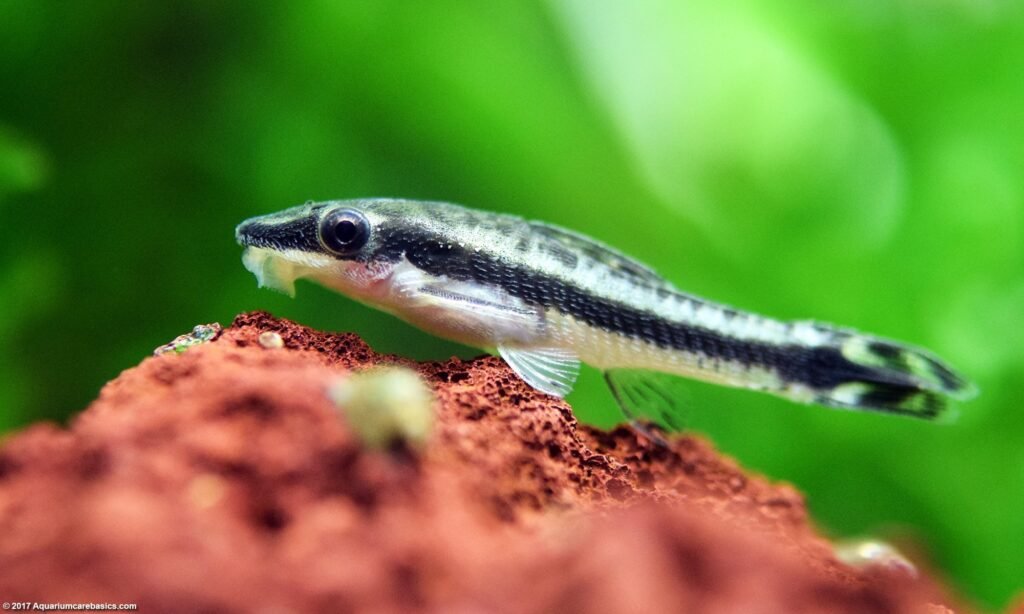
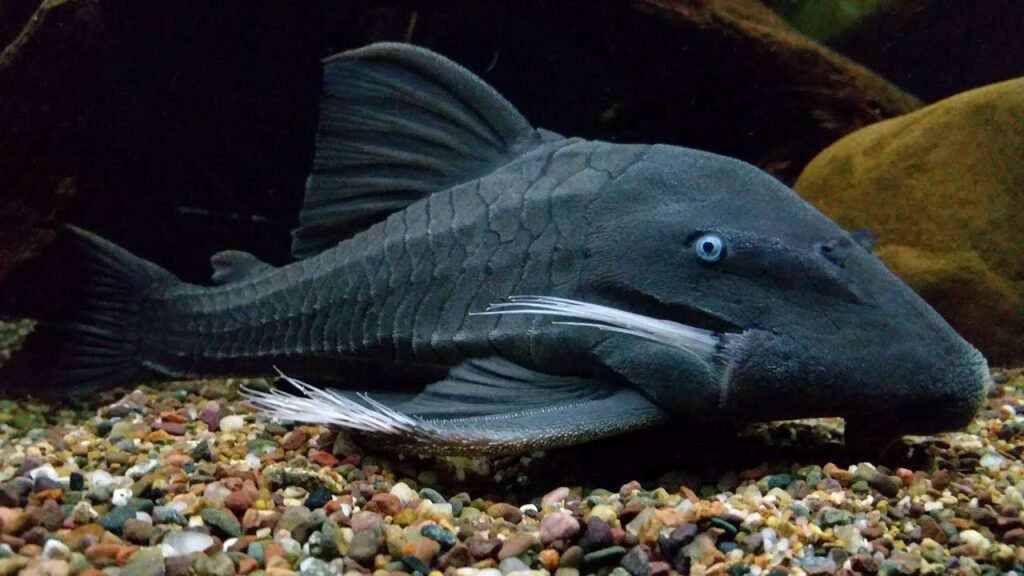


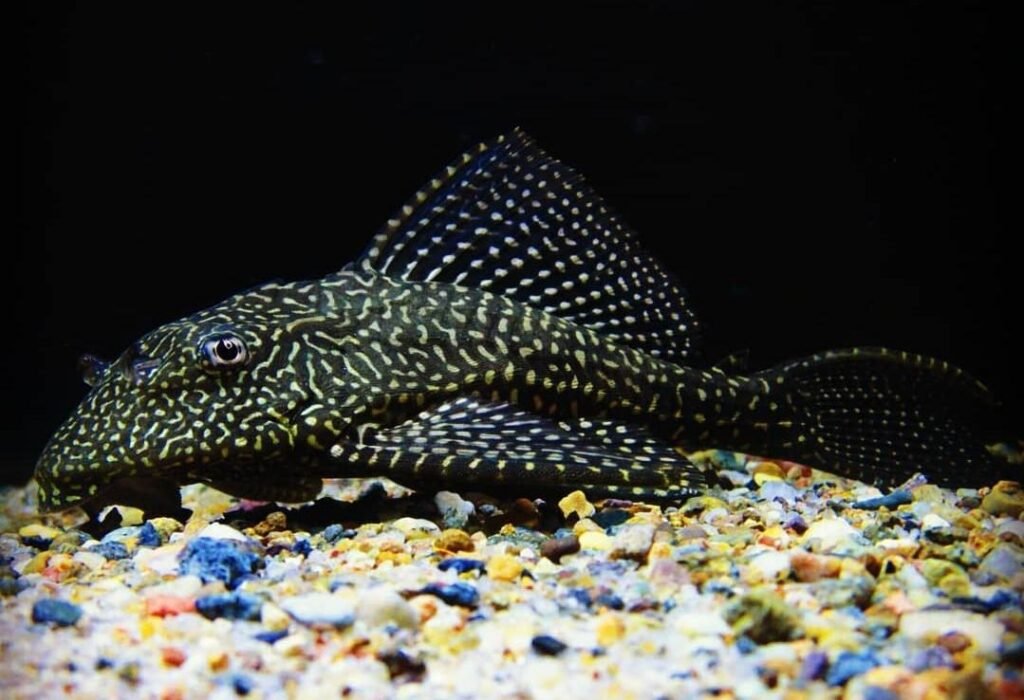
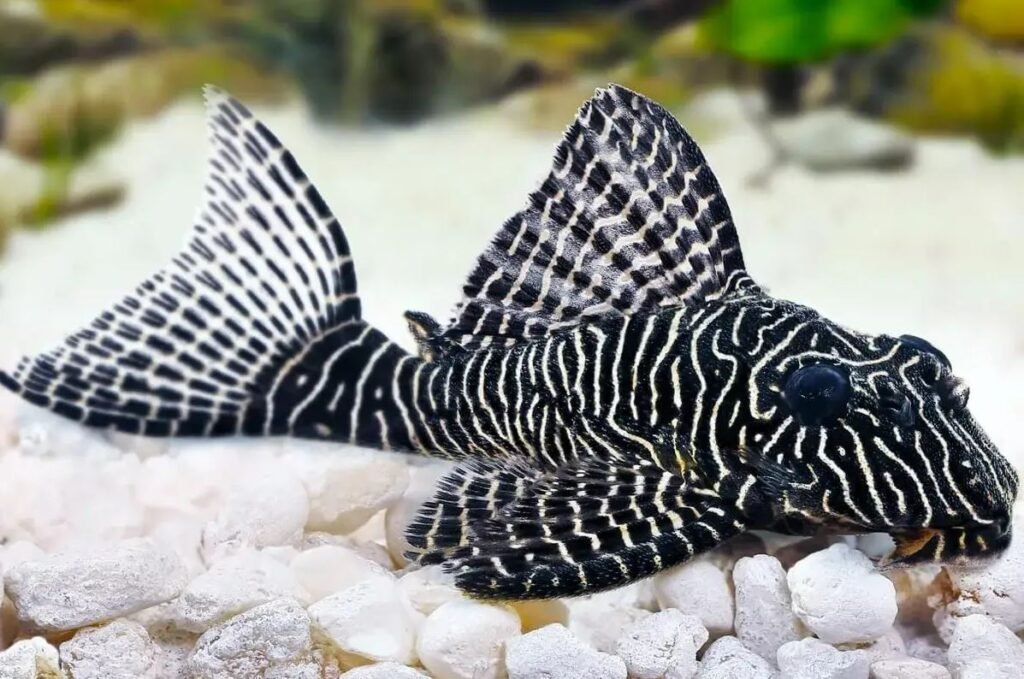

![[Detailed] Clown Pleco Fish Care Guide – Size, Diet, Lifespan, And More! [Detailed] Clown Pleco Fish Care Guide – Size, Diet, Lifespan, And More!](https://aquariumhunter.com/wp-content/uploads/2021/08/felco.jpg)
